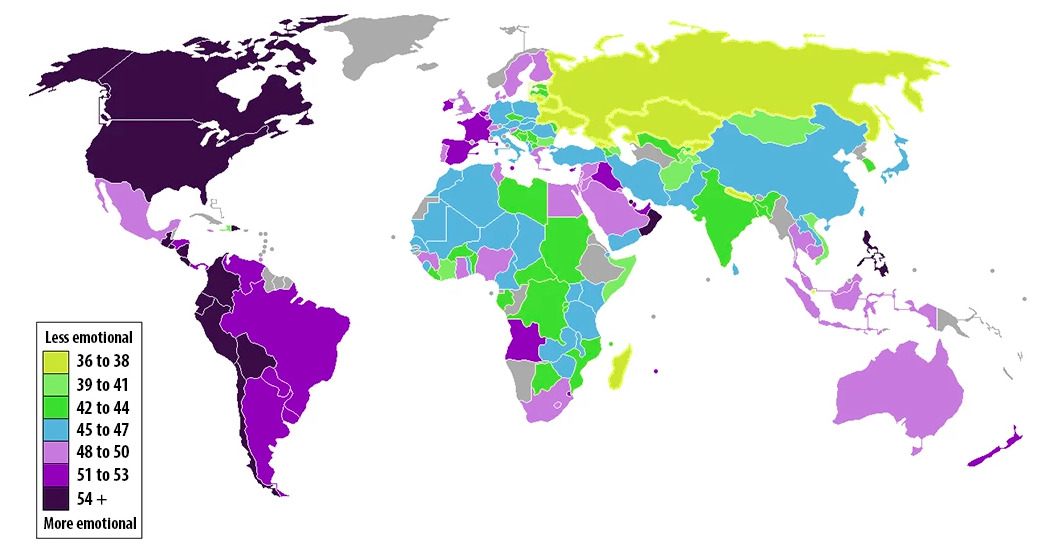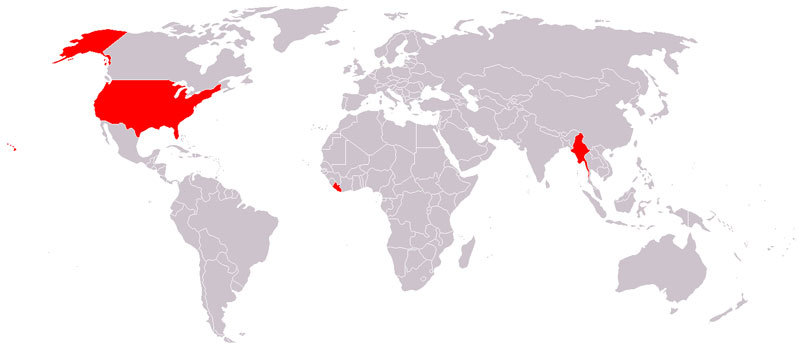Why red means Republican and blue means Democrat
On any given election night, Americans are accustomed to seeing maps of states turning red for a Republican win or blue for the Democrats. We often hear political pundits talk relentlessly about “blue states” like California and “red states” like Utah.
But these colors — which have now cemented themselves as part of the Republican and Democratic Parties’ national identities — are a surprisingly recent development.
In fact, there was a period when some of the networks, like NBC and CBS, had this color scheme reversed. In 1980, for example, NBC anchor David Brinkley declared the NBC map to “look like a suburban swimming pool” as Ronald Reagan’s big win over Jimmy Carter turned the NBC map almost entirely blue.
Networks introduced colored maps to their election night coverage as a visual tool to distinguish themselves in the era of color television; CBS was first in 1972, and soon the others followed. By 1996, the television map color schemes aligned to what we are accustomed to now: red for Republicans and blue for Democrats.
By the 2000 election and in the days that followed, television news relied heavily on their colored maps to illustrate how close the election between Al Gore and George W. Bush was. Those map colors quickly became easy shorthand for Republicans and Democrats, and the terms “red state” and “blue state” truly took hold. Soon, headline writers and cultural figures like David Letterman would adopt the terms.
President Barack Obama famously denounced the terminology red state and blue statein the speech that made him famous. When he addressed the 2004 DNC, the then state senator told the crowd, “the pundits like to slice and dice our country into red states and blue states: red states for Republicans, blue states for Democrats,” but later declared “we are one people … all of us defending the United States of America.”
But despite President Obama’s critique, it’s fairly safe to say that the coloring scheme is here to stay for a while. In my reporting for this story I spoke to a number of high-level industry veterans from the big three television networks. When I asked if any would ever consider flipping the color scheme around or using alternative colors in the interest of doing away with national divisions, real or perceived, that come from the “red state” and “blue state” terms, most replied with some variation on “no.”
At this point, it would be too confusing for the viewers at home.








